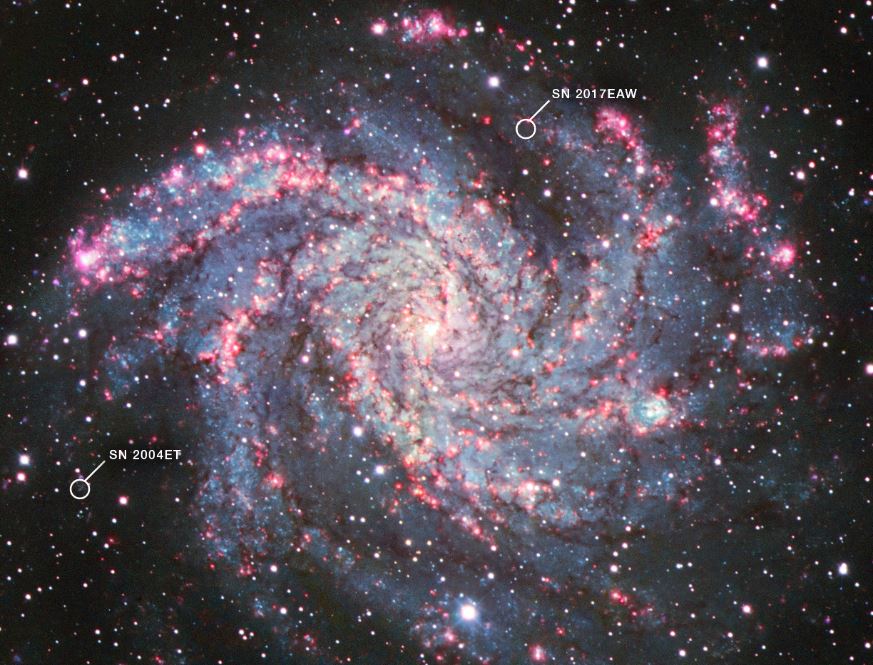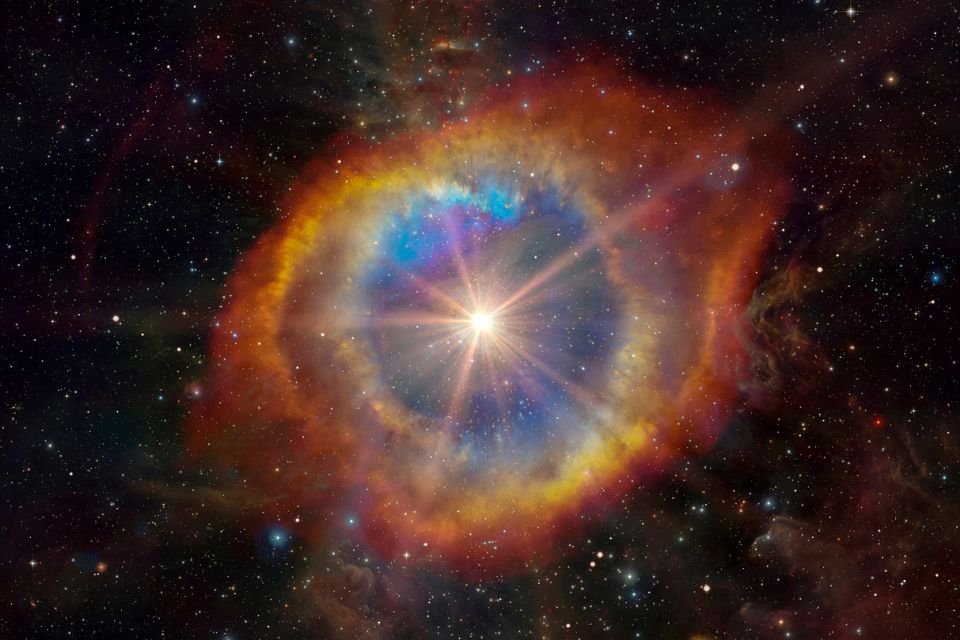Last Wednesday (5), the US National Aeronautics and Space Administration (NASA) announced the observation of two Type II supernovae, Supernova 2004et (SN 2004et) and Supernova 2017eaw (SN 2017eaw).
The discovery was detected using data collected by the James Webb Space Telescope (JWST). confirming that these stellar objects emit large amounts of cosmic dust..
Scientists believe the data could be helpful in understanding interstellar dust, which is one of the crucial components for the development of planets. When stars produce dust, interstellar material can begin to clump together, possibly giving birth to planets and stars. The scientists suggest that the study helps prove that this important component was ejected by the supernova.
Until then, scientists suspected that the material originated from supernovas, but New research confirms cosmic dust reservoirs in two supernovae It was just discovered by James Webb.
“Direct evidence of this phenomenon has been sparse up to this point, as it has only allowed us to study the dust population in a relatively recent supernova – Supernova 1987A, 170,000 light-years from Earth. Melissa Shahbandeh, lead author of the study, and a fellow at the Johns Hopkins University and Space Telescope “Once the gas cools enough to form dust, that dust can only be detected at mid-infrared wavelengths, as long as you have sufficient sensitivity,” said Melissa Shahbandeh, M.D. in the United States.
Supernovas and cosmic dust
Supernova SN 2004et and SN 2017eaw It is located about 22 million light-years from Earth in the Fireworks Galaxy known as NGC 6946. Old equipment from other space telescopes didn’t offer the sensitivity necessary to detect the wavelengths of supernovae, but JWST’s mid-infrared instrument (MIRI) was able to detect them.
Since the discovery of newly formed dust in supernova SN 1987A in 2014, data from the James Webb Telescope represents the first major advance in the study of supernova dust – detection by the Atacama Large Millimeter/submillimeter Array (ALMA) telescope.

Researchers also claim that SN 2004et has an enormous amount of cosmic dust for the early life stage of a supernova. For example, SN 1987A is only a fraction of its age, and both have a similar amount of dust.
Despite data confirming dust production in supernovae, scientists will continue to study the issue to discover the amount of material that survives stellar explosions.
“There is growing excitement to understand what this dust also implies about the core of the exploding star.. “After reviewing these specific findings, I think our fellow researchers will consider innovative ways to work with these dusty supernovae in the future,” said Ori Fox, program leader at the Space Telescope Science Institute (STScl).
Source: Tec Mundo
I’m Blaine Morgan, an experienced journalist and writer with over 8 years of experience in the tech industry. My expertise lies in writing about technology news and trends, covering everything from cutting-edge gadgets to emerging software developments. I’ve written for several leading publications including Gadget Onus where I am an author.












